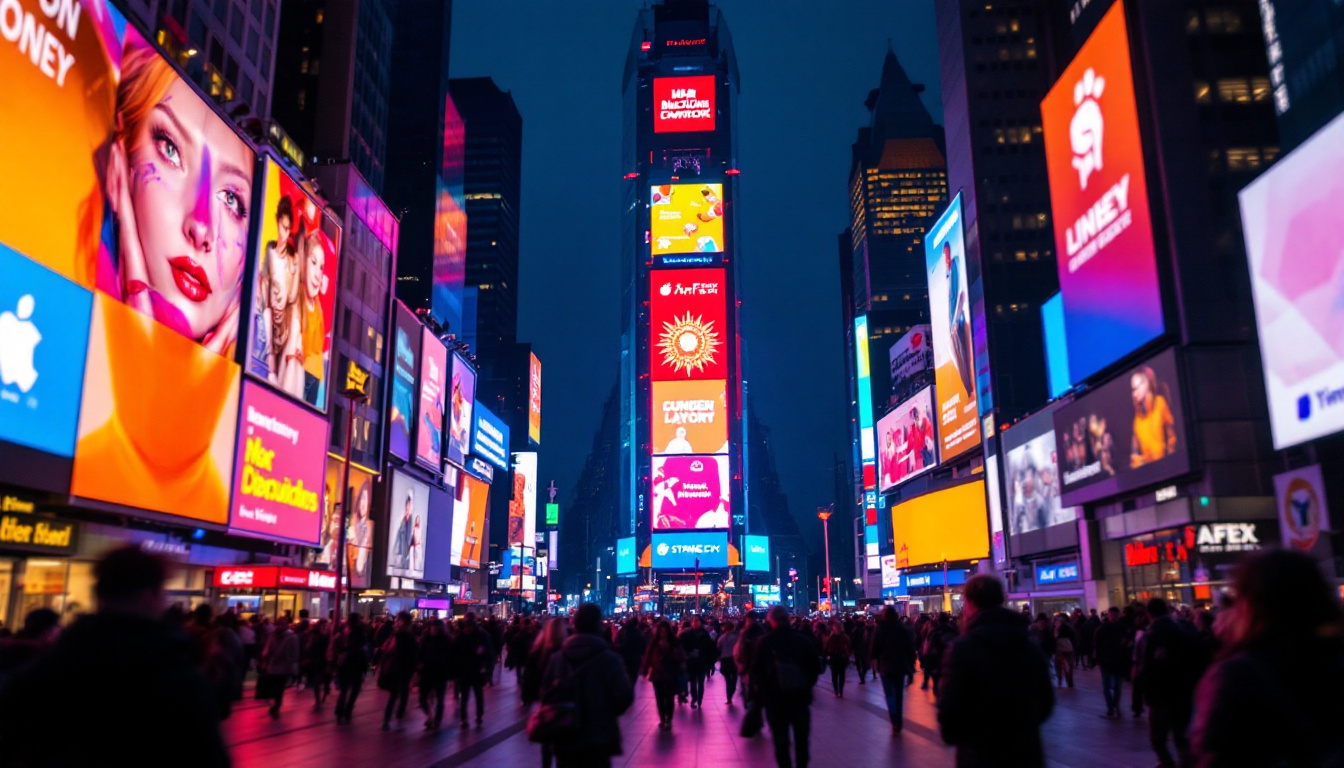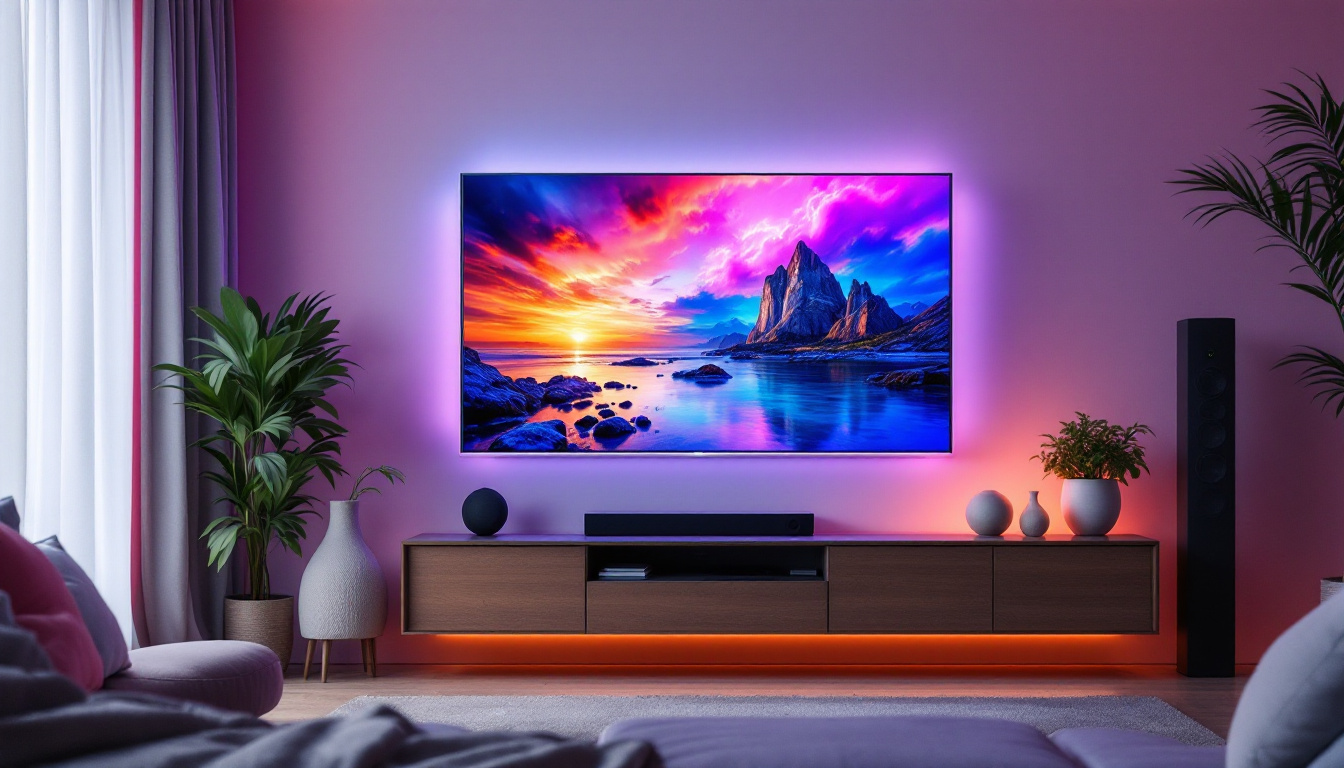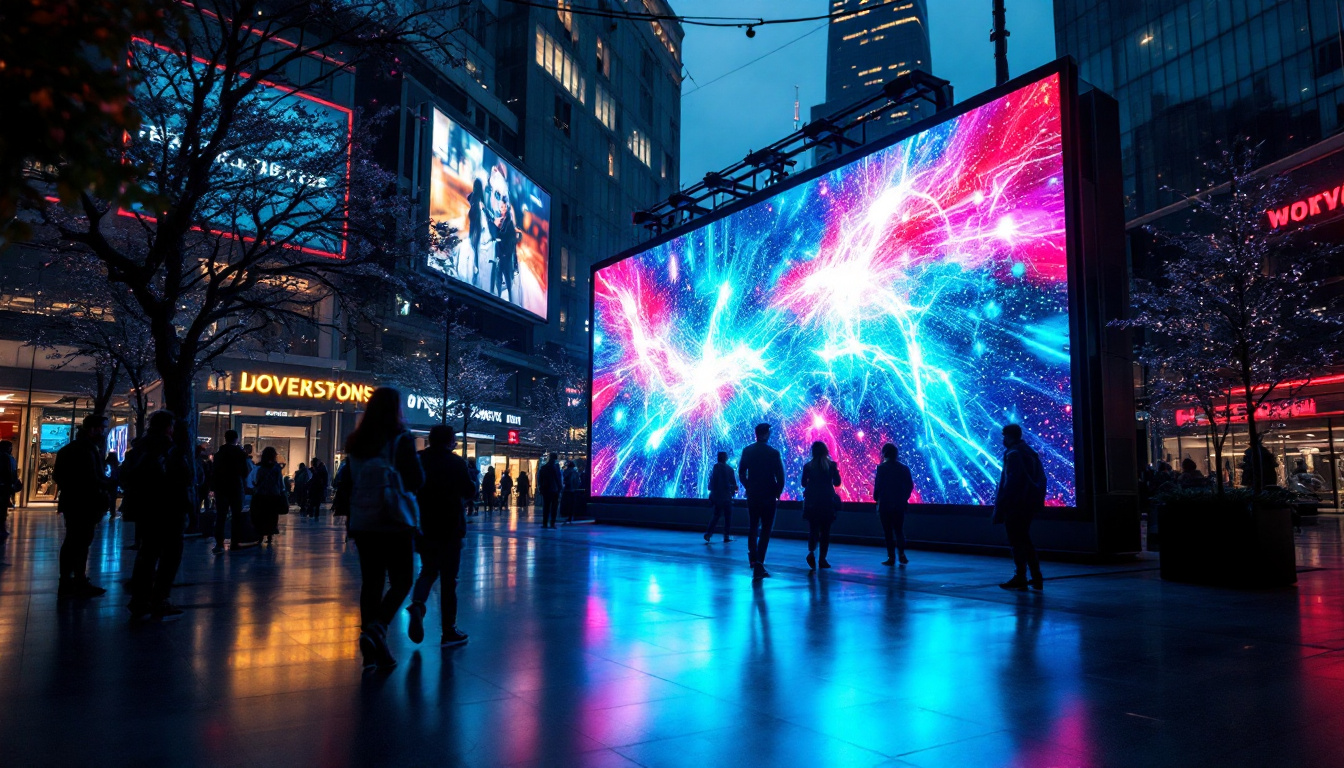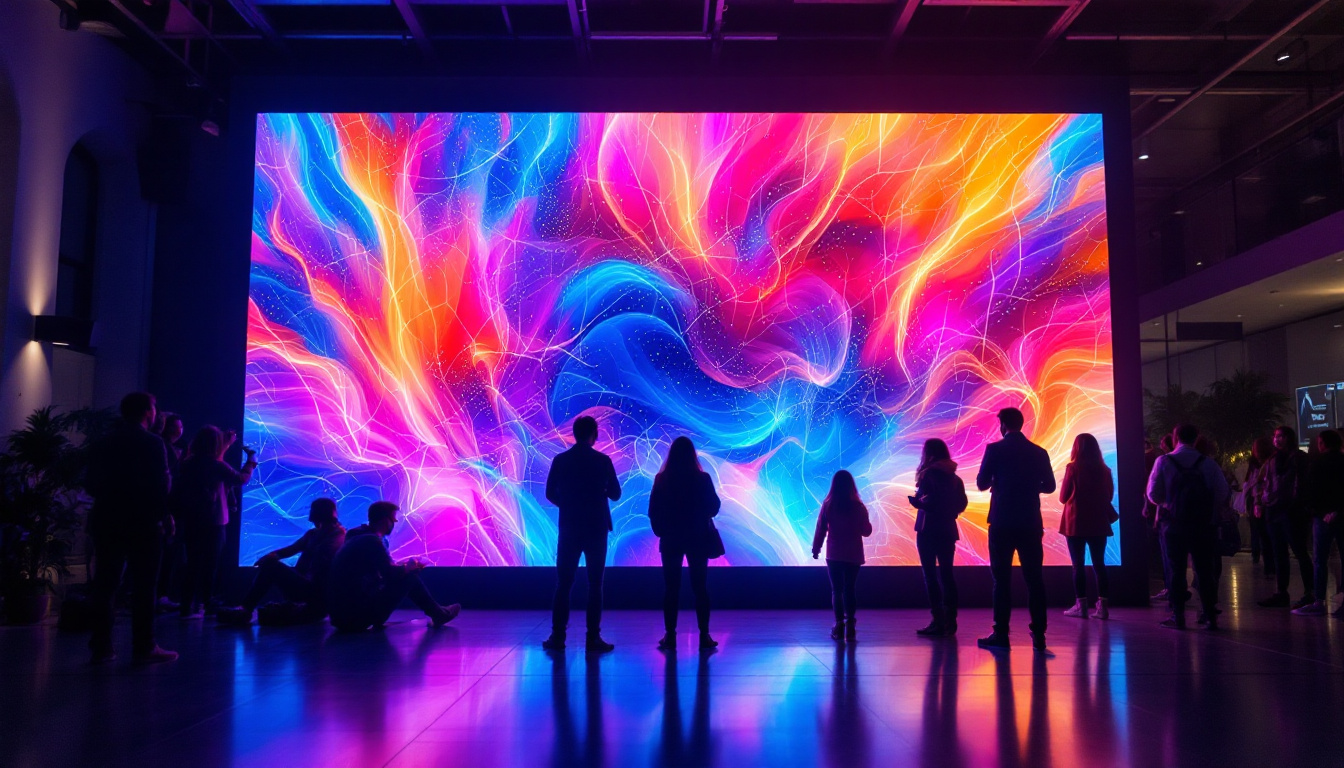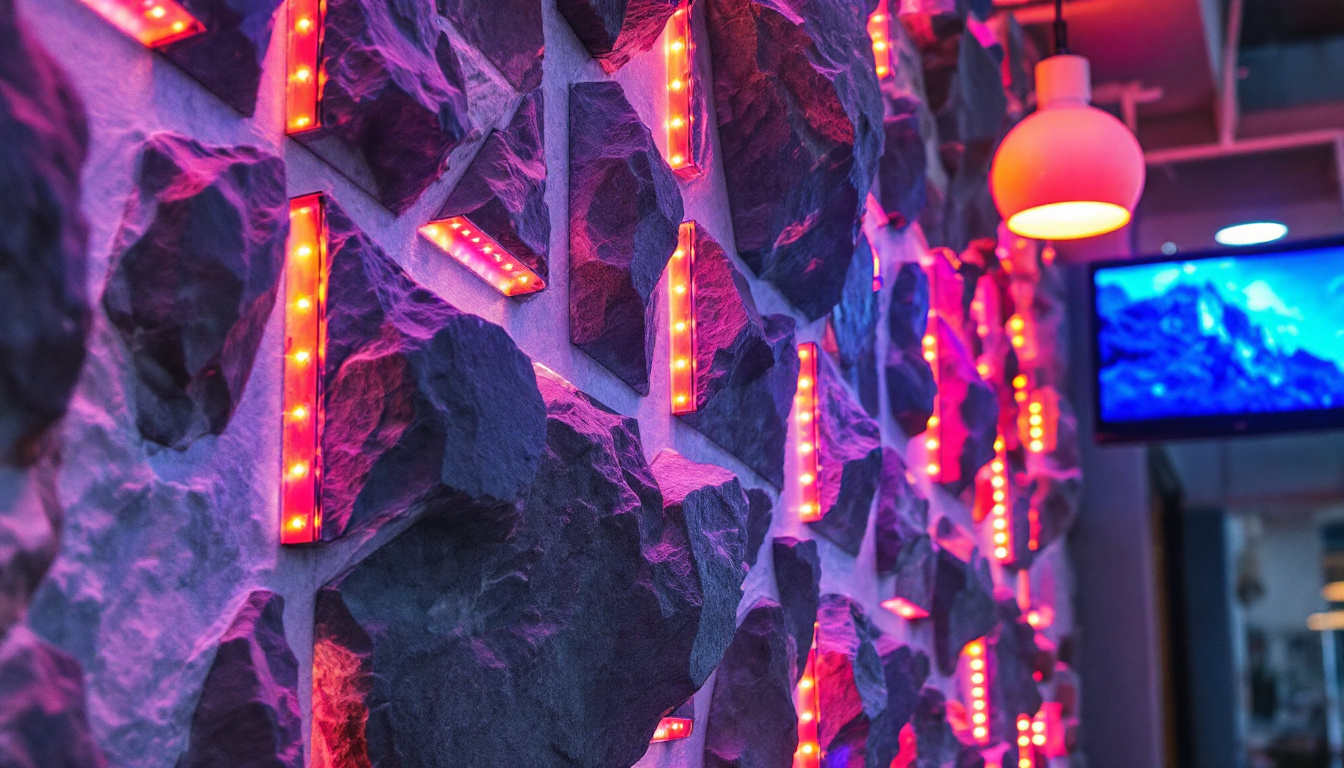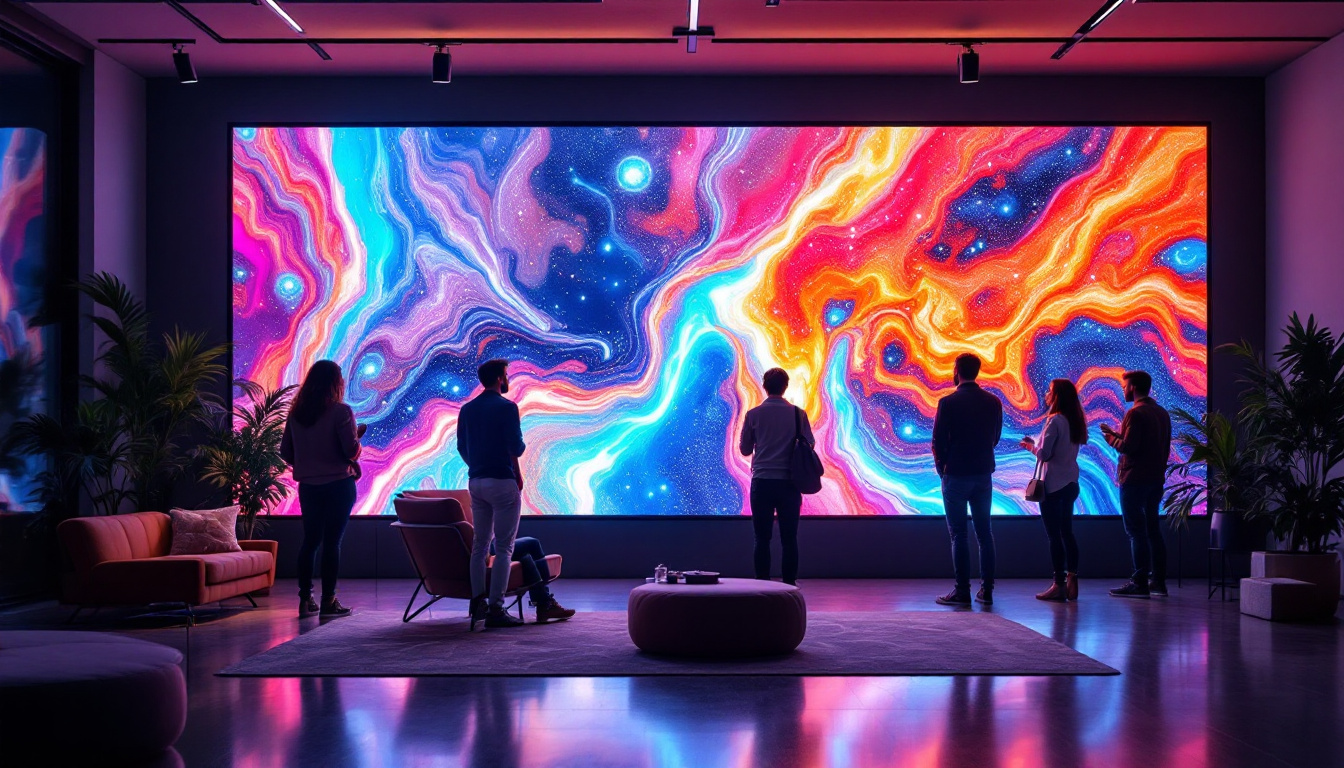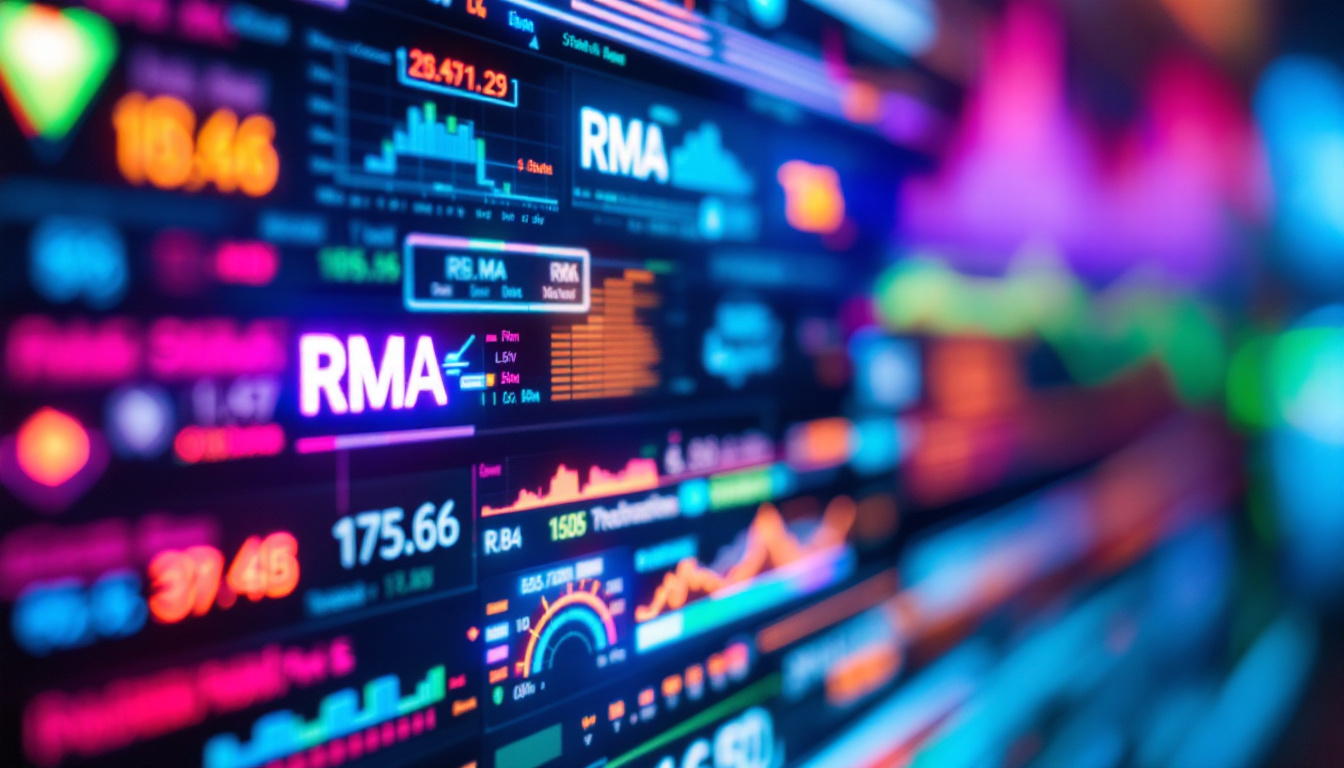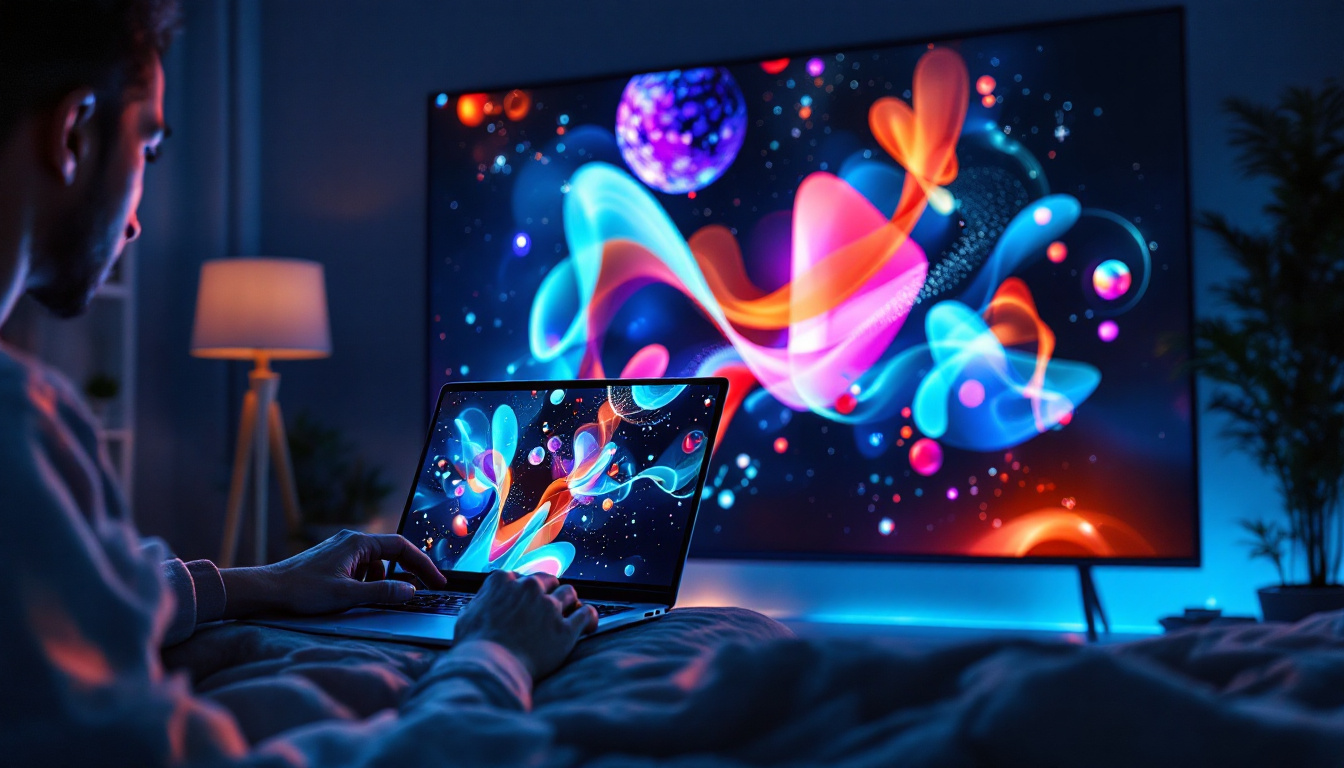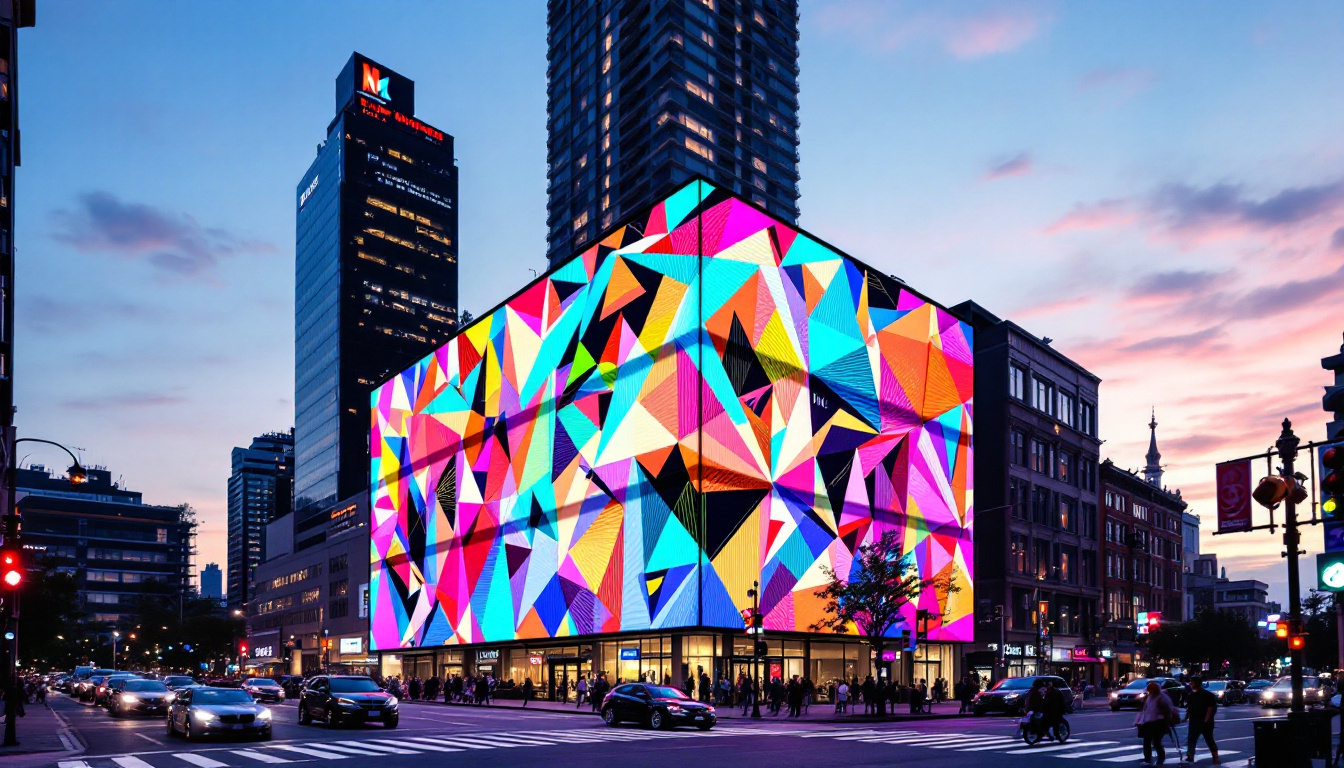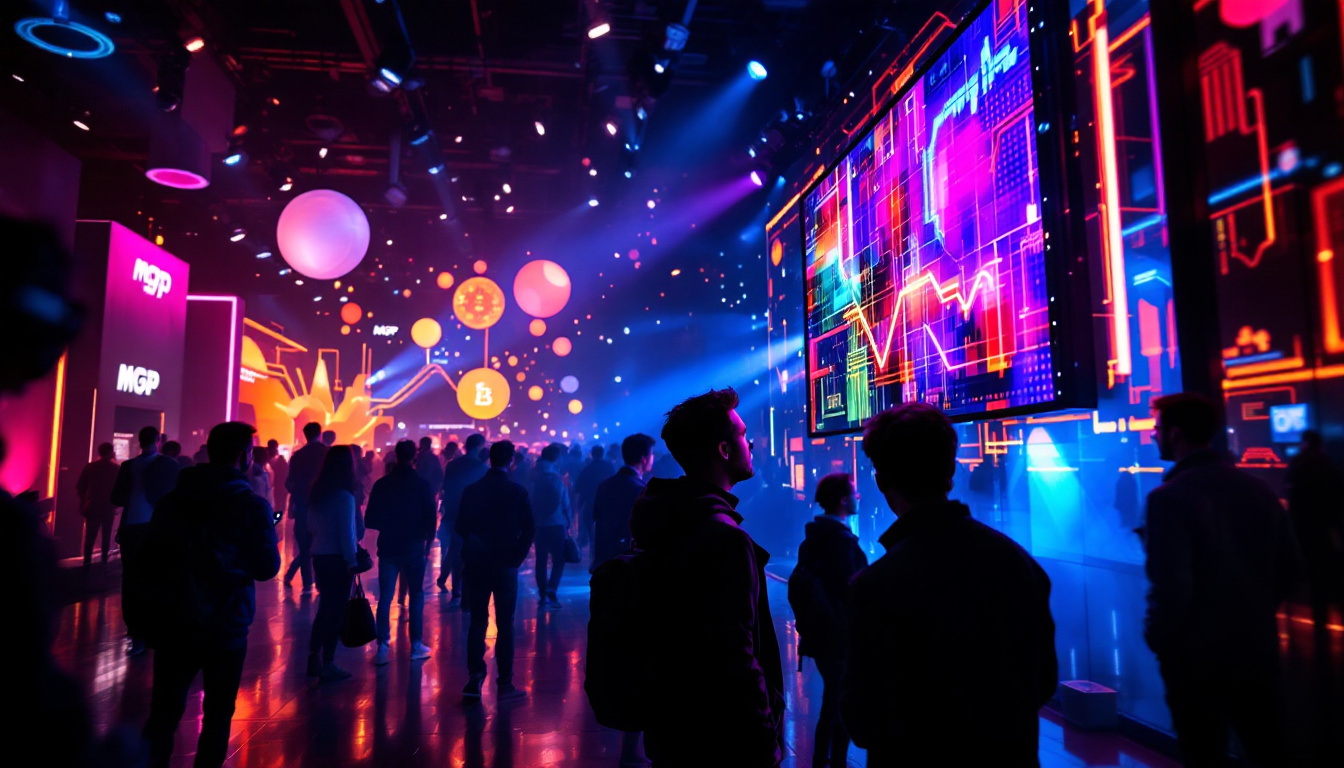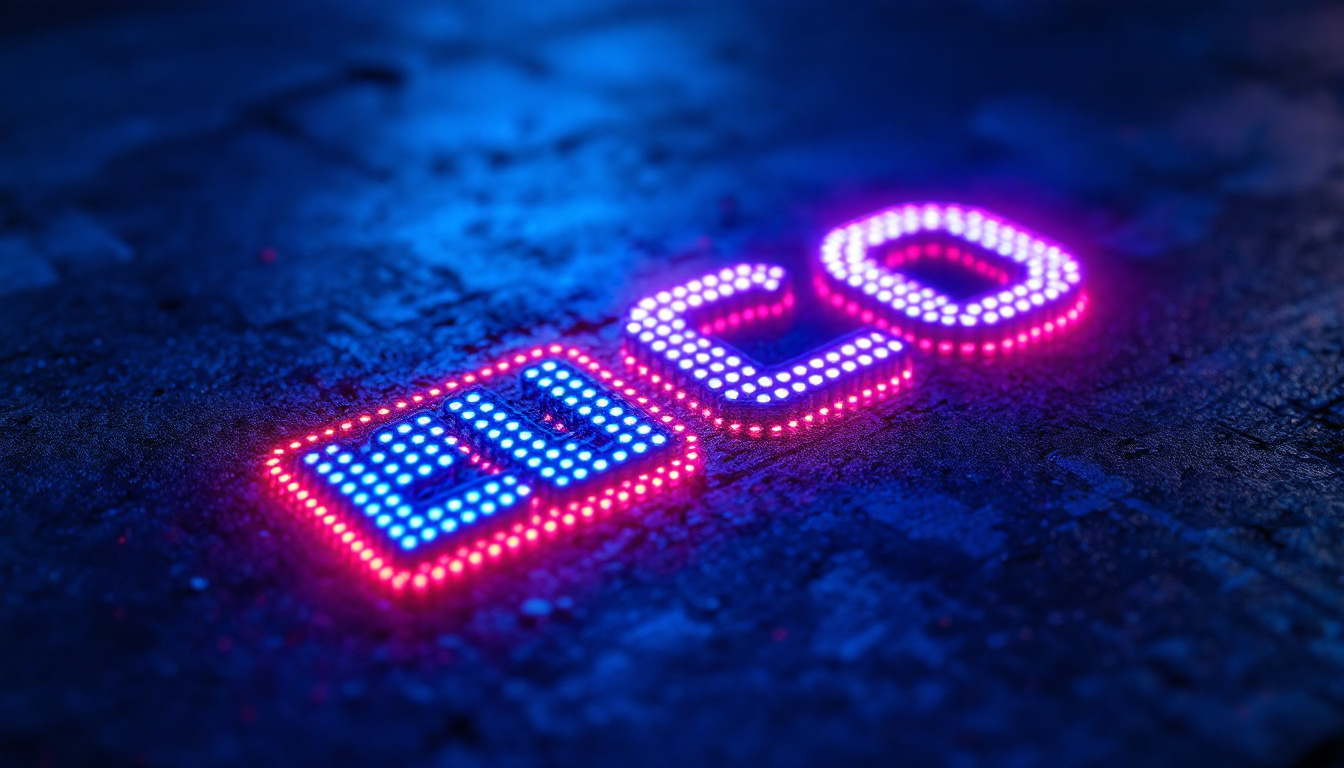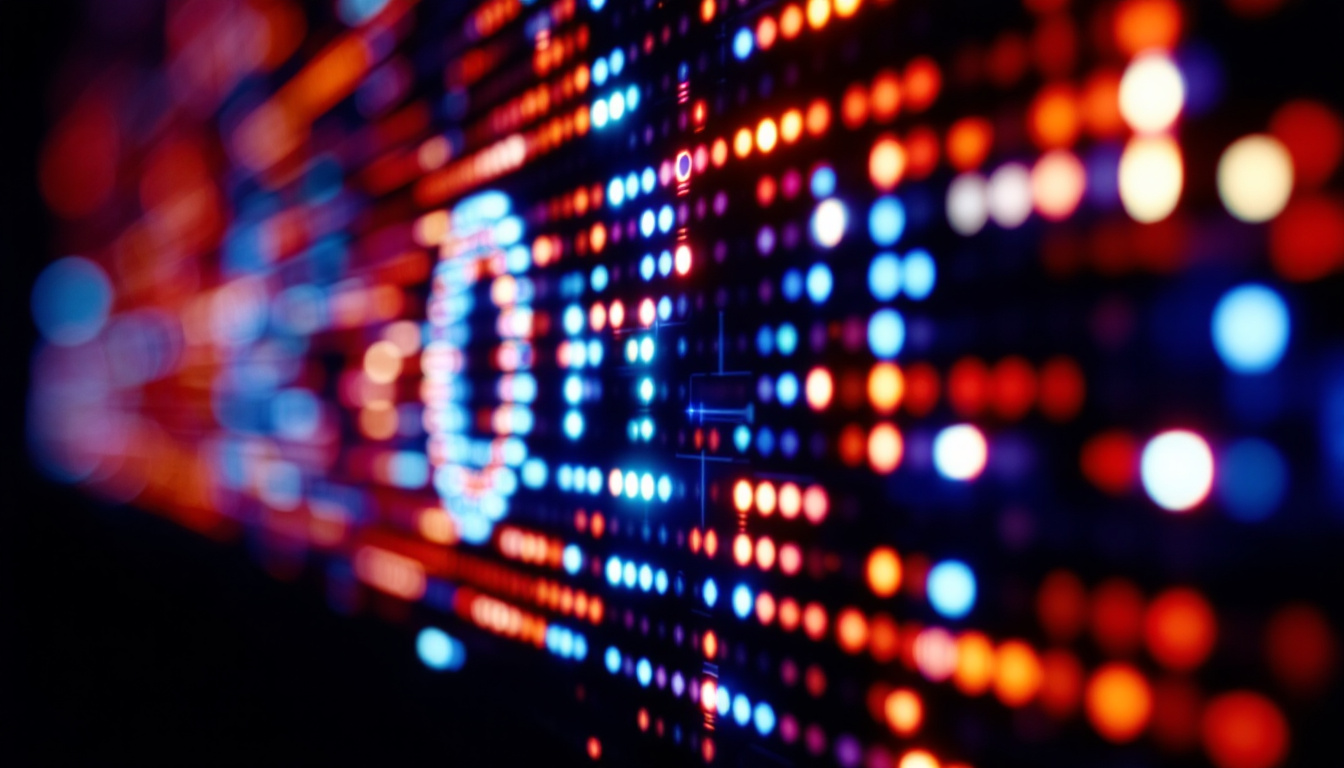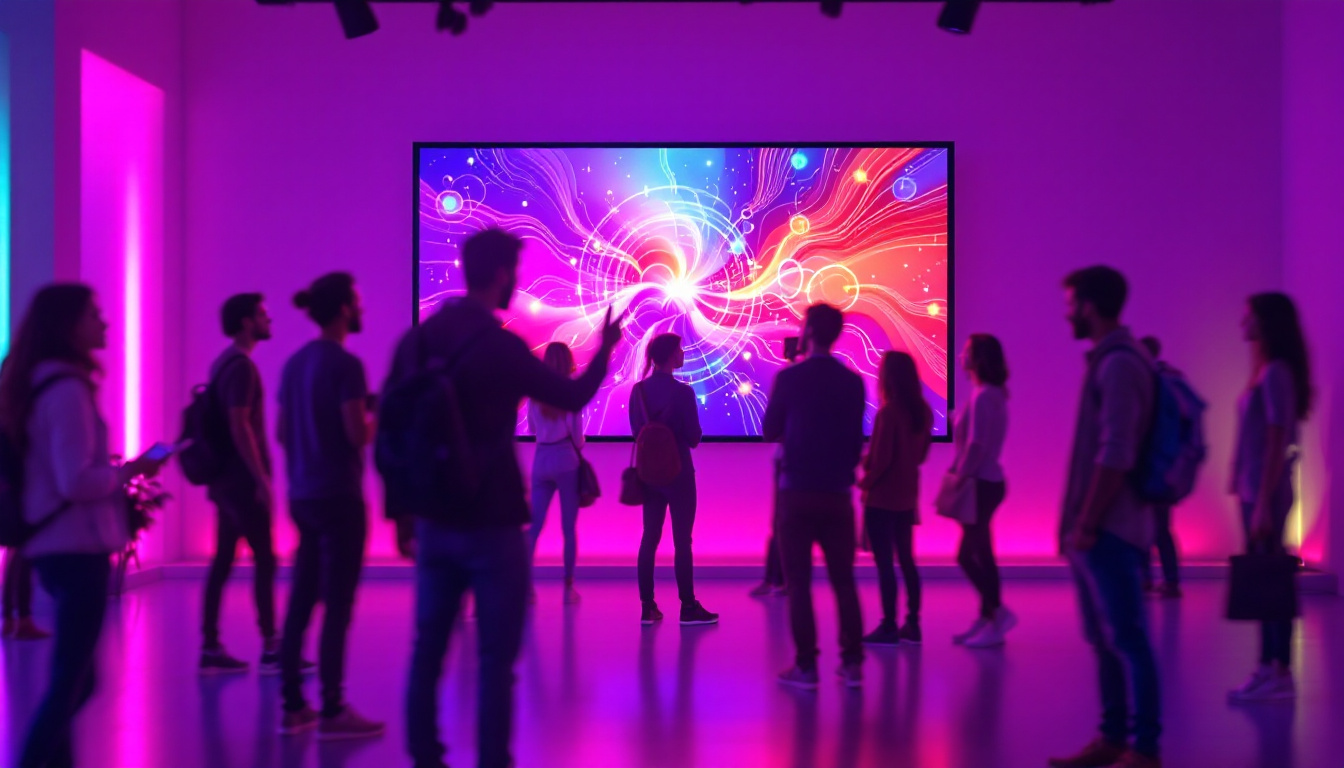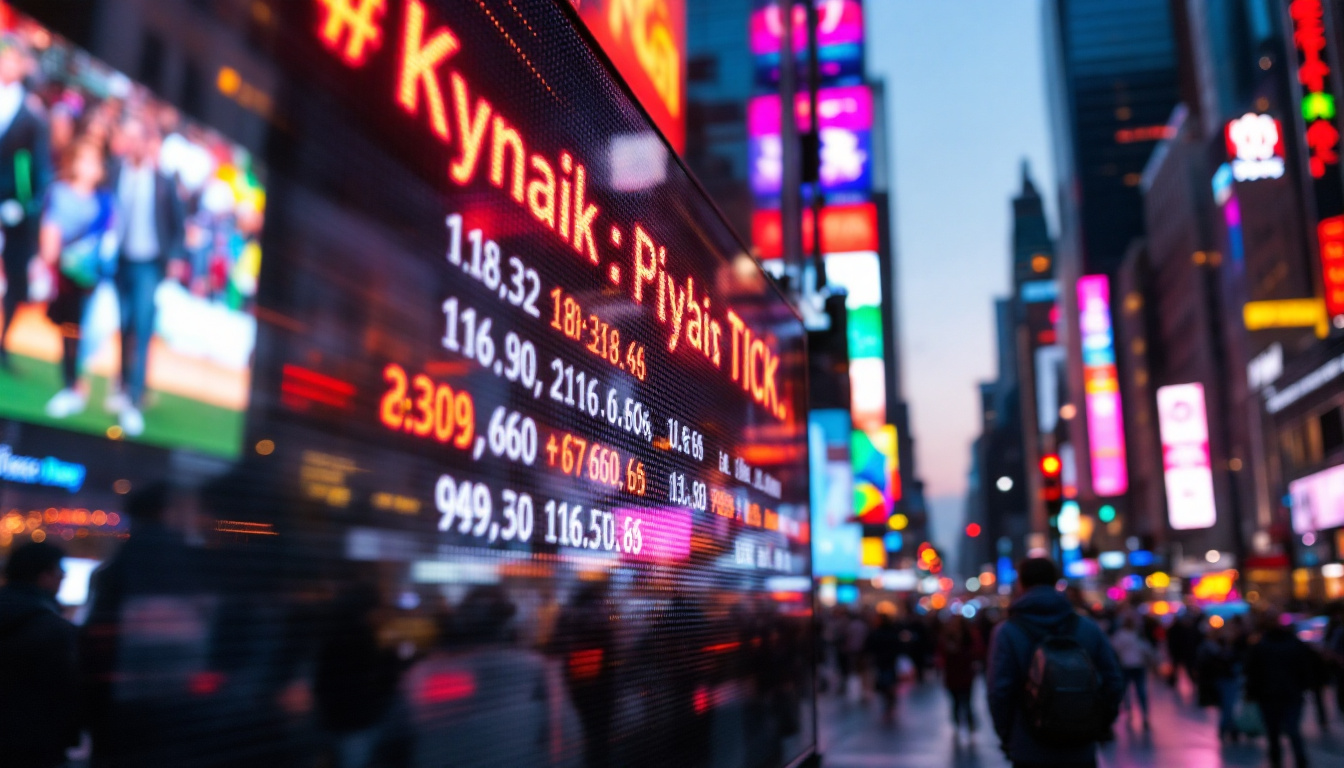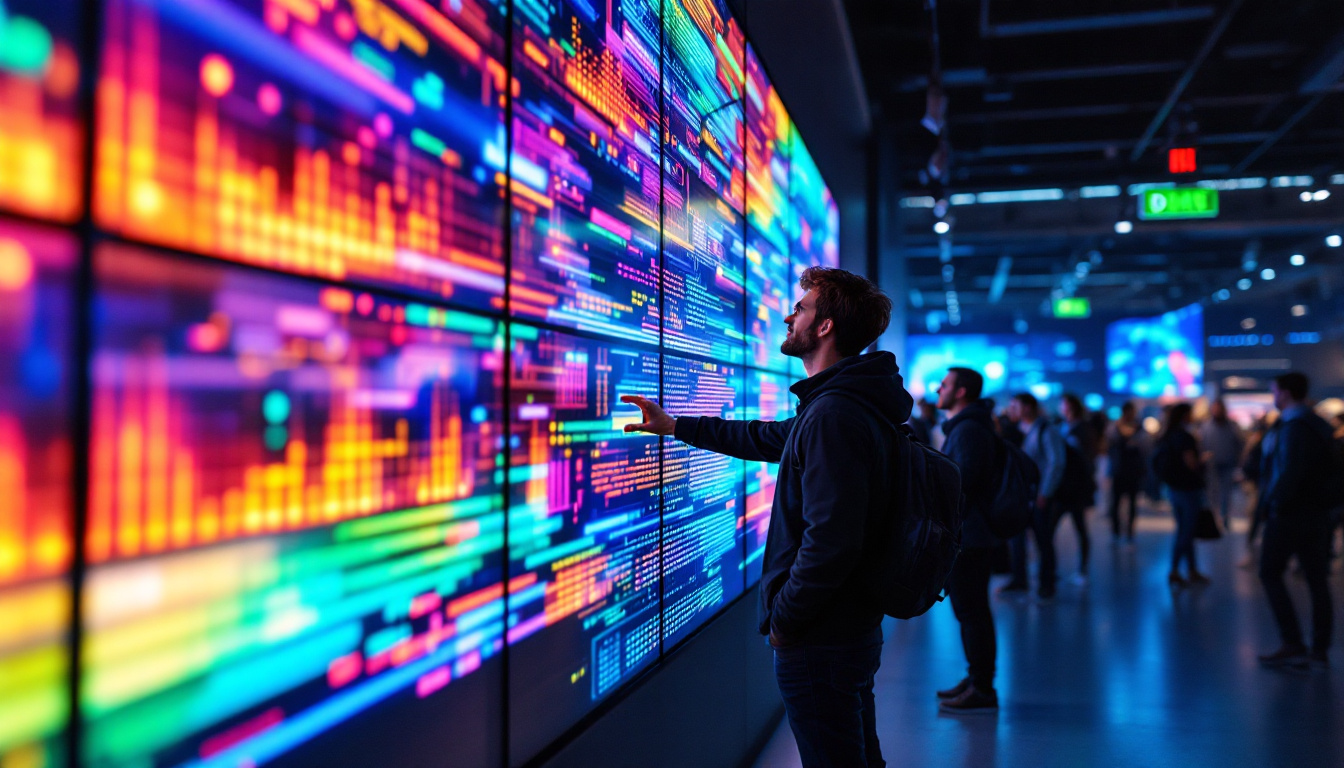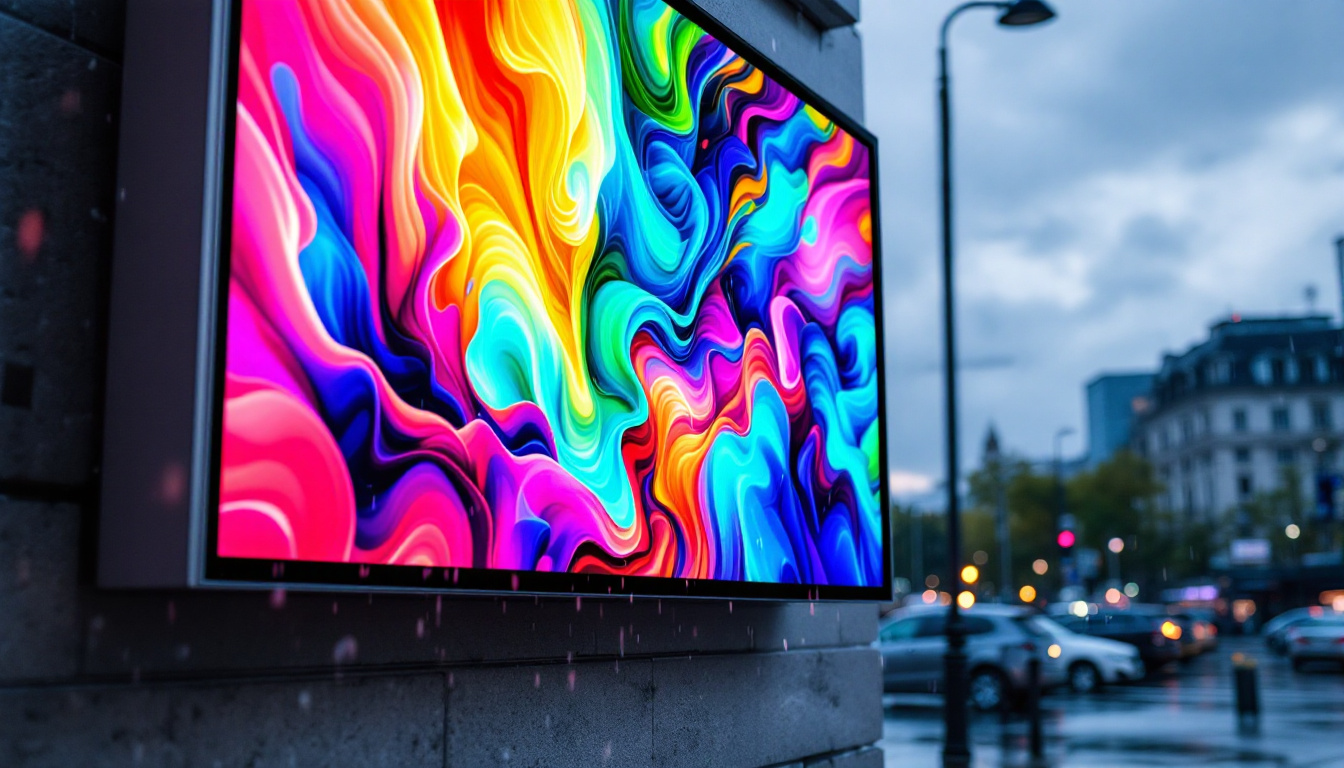In the realm of modern technology, the display is one of the most critical components of any device, whether it’s a smartphone, tablet, or computer monitor. Among the various types of displays available, LED (Light Emitting Diode) technology has emerged as a popular choice, particularly in the context of LCD (Liquid Crystal Display) monitors. This article delves into the intricacies of LED displays, focusing on their functionality, advantages, and the various types available in the market.
Understanding LED Technology
LED technology operates on the principle of electroluminescence, where a semiconductor emits light when an electric current passes through it. This technology has transformed the way displays are created, offering brighter, more energy-efficient alternatives to traditional display technologies. The rise of LED technology has not only impacted the consumer electronics market but has also paved the way for advancements in various fields, including automotive lighting, architectural illumination, and even horticultural lighting, demonstrating its versatility and efficiency.
How LED Displays Work
At the core of an LED display is a matrix of tiny LEDs that produce light in various colors. These LEDs can be arranged in different configurations, including RGB (Red, Green, Blue) combinations, to create a full spectrum of colors. In an LCD monitor, the LED backlight illuminates the liquid crystals, allowing them to control the amount of light that passes through, thus creating images on the screen. The precision with which these LEDs can be controlled allows for stunning visual effects, making LED displays a popular choice for everything from televisions to digital billboards.
Unlike conventional fluorescent backlights, LED backlights can be dimmed or brightened independently, which enhances the contrast and color accuracy of the images displayed. This capability is particularly beneficial for dynamic content, such as videos and games, where rapid changes in brightness and color are essential for an immersive experience. Furthermore, the rapid response time of LEDs contributes to smoother motion rendering, reducing motion blur and providing a clearer picture during fast-paced scenes. As a result, LED displays have become the go-to technology for gamers and movie enthusiasts alike.
Types of LED Displays
LED displays can be categorized into several types, each catering to different needs and preferences. The most common types include:
- Edge-Lit LED: In this configuration, LEDs are placed along the edges of the screen, and light is distributed across the display using a light guide plate. This design is typically thinner and more energy-efficient but may not provide uniform brightness across the screen. Despite this limitation, edge-lit displays are popular in ultra-slim televisions and portable devices where space is a premium.
- Full-Array LED: This type features a grid of LEDs directly behind the LCD panel, allowing for more precise control over brightness and contrast. Full-array displays often come with local dimming capabilities, enhancing the overall picture quality. This technology is particularly advantageous in dark scenes, where localized dimming can significantly improve detail and depth perception.
- OLED: While technically different from traditional LED displays, OLED (Organic Light Emitting Diode) technology is worth mentioning. Each pixel in an OLED display emits its own light, resulting in exceptional contrast ratios and vibrant colors, but at a higher cost. The ability of OLED displays to achieve true blacks, as pixels can be turned off completely, creates an unparalleled viewing experience, making it a favorite among filmmakers and content creators.
In addition to these types, there are also specialized LED displays designed for specific applications, such as transparent LED screens used in retail environments, and flexible LED displays that can be bent or shaped to fit unique spaces. These innovations highlight the ongoing evolution of LED technology, as manufacturers continue to push the boundaries of what is possible in display design and functionality. As the demand for high-quality visual experiences grows, the role of LED technology in our daily lives is likely to expand even further, integrating seamlessly into both personal and professional settings.
Advantages of LED Displays
LED displays have gained popularity for several reasons, making them a preferred choice for both consumers and professionals. Their advantages extend beyond mere aesthetics, impacting performance and usability significantly.
Energy Efficiency
One of the most significant benefits of LED technology is its energy efficiency. LED displays consume less power compared to traditional LCDs with fluorescent backlighting. This not only reduces electricity costs but also contributes to a smaller carbon footprint, making LED displays an eco-friendly option. Furthermore, many LED displays come equipped with features such as automatic brightness adjustment, which optimizes energy consumption based on ambient light conditions. This intelligent technology ensures that users can enjoy vibrant visuals while minimizing energy waste, ultimately leading to more sustainable usage patterns.
Improved Picture Quality
LED displays are known for their superior picture quality. With higher brightness levels, better contrast ratios, and more vibrant colors, LED monitors provide an enhanced viewing experience. This is particularly evident in darker scenes, where the ability to dim specific areas of the screen results in deeper blacks and more detailed shadows. Additionally, the fast response times of LED technology reduce motion blur, making them ideal for fast-paced content such as sports or action movies. The color accuracy of LED displays also makes them a favorite among graphic designers and photographers who require precise color reproduction for their work, ensuring that every detail is captured as intended.
Longevity and Durability
LED displays typically have a longer lifespan compared to traditional displays. The LEDs themselves can last up to 50,000 hours or more, which translates to years of use before any significant degradation occurs. Additionally, they are more resistant to shock and vibration, making them suitable for various environments, including industrial settings. This durability is complemented by the fact that LED displays are less prone to burn-in issues, a common problem with older technologies. As a result, users can enjoy a reliable performance over time, reducing the need for frequent replacements and maintenance. The robust construction of many LED displays also allows them to withstand extreme temperatures and humidity, further enhancing their versatility across different applications, from outdoor advertising to high-stakes gaming setups.
Applications of LED Displays
The versatility of LED displays allows them to be used in a wide range of applications. From consumer electronics to professional environments, their adaptability makes them a go-to choice for many users.
Consumer Electronics
In the consumer electronics sector, LED displays are ubiquitous. They are found in televisions, computer monitors, and smartphones, providing users with high-quality visuals for entertainment, gaming, and productivity. The demand for LED displays in these devices has surged, driven by the need for better performance and energy efficiency.
Commercial Use
LED displays are also prevalent in commercial settings, such as retail stores, airports, and stadiums. digital signage powered by LED technology allows businesses to convey information dynamically, attract customers, and enhance their brand presence. The ability to display high-resolution images and videos makes LED displays an effective marketing tool.
Medical and Industrial Applications
In medical and industrial environments, LED displays are used for monitoring and diagnostics. Their clarity and precision are crucial in settings where accurate data representation is essential. For instance, LED displays are often utilized in medical imaging equipment and control panels in manufacturing processes.
Choosing the Right LED Monitor
Selecting the right LED monitor involves considering various factors that align with individual needs and preferences. With numerous options available, understanding key specifications can aid in making an informed decision.
Screen Size and Resolution
The screen size and resolution are fundamental aspects to consider when choosing an LED monitor. Larger screens provide an immersive experience, while higher resolutions, such as 4K or even 8K, ensure sharper images. Users should assess their workspace and intended use to determine the optimal size and resolution for their needs.
Refresh Rate and Response Time
For gamers and professionals working with fast-moving visuals, the refresh rate and response time are critical specifications. A higher refresh rate, measured in Hertz (Hz), results in smoother motion, while a lower response time minimizes blurring. Monitors with refresh rates of 144Hz or higher are ideal for gaming, whereas a response time of 1ms to 5ms is suitable for most applications.
Color Accuracy and Calibration
Color accuracy is paramount for graphic designers and photographers. Monitors that cover a wide color gamut, such as Adobe RGB or DCI-P3, provide more accurate color representation. Users should also consider monitors that come factory-calibrated or offer calibration options for optimal performance.
Future of LED Display Technology
The future of LED display technology is promising, with continuous advancements enhancing performance and functionality. Innovations in this field are set to redefine how displays are used across various sectors.
MicroLED Technology
MicroLED is an emerging technology that promises to take LED displays to the next level. MicroLEDs are tiny, self-emitting diodes that can create high-resolution images without the need for a backlight. This technology offers improved contrast, color accuracy, and energy efficiency, making it a potential game-changer in the display market.
Flexible and Transparent Displays
Another exciting development is the creation of flexible and transparent displays. These displays can be bent or shaped to fit various applications, from wearable technology to automotive displays. Transparent displays, in particular, hold the potential for innovative user interfaces, allowing information to be overlaid on the real world.
Integration with Augmented Reality (AR) and Virtual Reality (VR)
As AR and VR technologies continue to evolve, LED displays will play a crucial role in enhancing these experiences. High-resolution LED panels can provide immersive visuals, making virtual environments more realistic. This integration will likely lead to new applications in gaming, training, and remote collaboration.
Conclusion
In summary, LED displays have revolutionized the way visuals are presented across a multitude of platforms. Their energy efficiency, superior picture quality, and versatility make them an ideal choice for consumers and professionals alike. As technology continues to advance, the future of LED displays looks bright, with innovations that promise to enhance user experiences further. Understanding the various types, advantages, and applications of LED displays is essential for anyone looking to invest in this technology, ensuring that they make informed decisions that meet their specific needs.
Whether for personal use or professional applications, LED displays are here to stay, shaping the future of visual technology and enhancing the way we interact with digital content.
Discover LumenMatrix’s Innovative LED Solutions
Ready to experience the future of visual technology with LED displays that offer unmatched energy efficiency, picture quality, and versatility? Look no further than LumenMatrix. As a pioneer in LED display technology, we provide a wide array of solutions, including Indoor LED Wall Display, Outdoor LED Wall Display, Vehicle LED Display, and more, all designed to elevate your brand’s visibility and create immersive visual experiences. Embrace the revolution in visual communication with LumenMatrix’s advanced digital signage and LED displays. Check out LumenMatrix LED Display Solutions today and transform the way you convey your message with impact and clarity.


